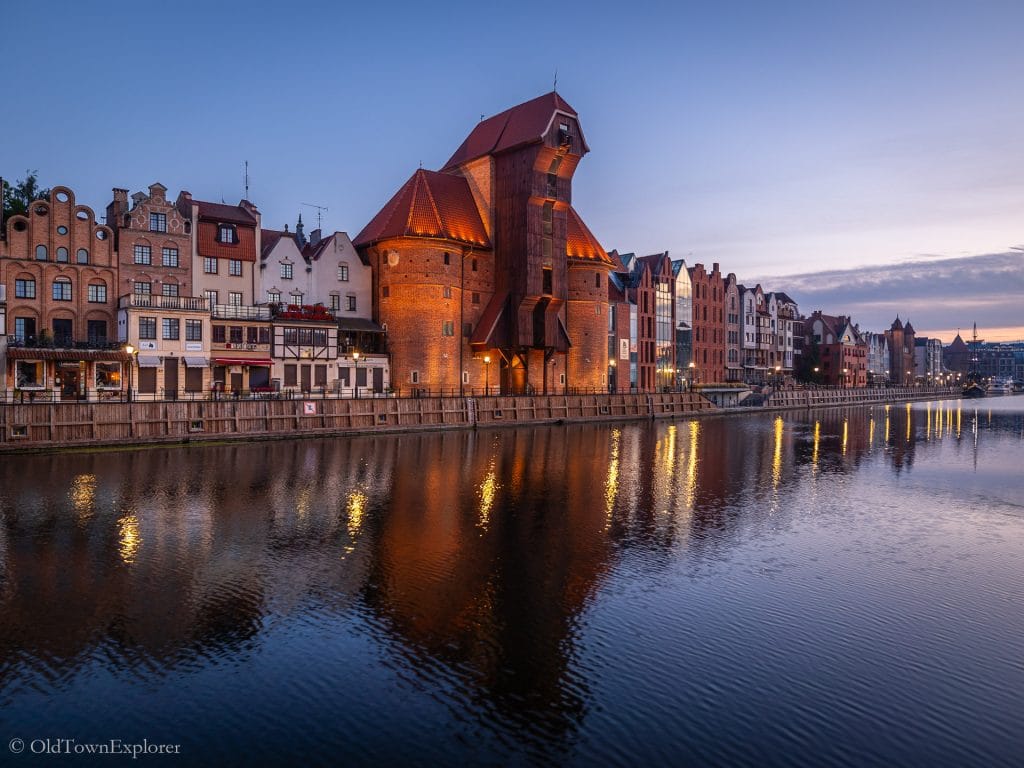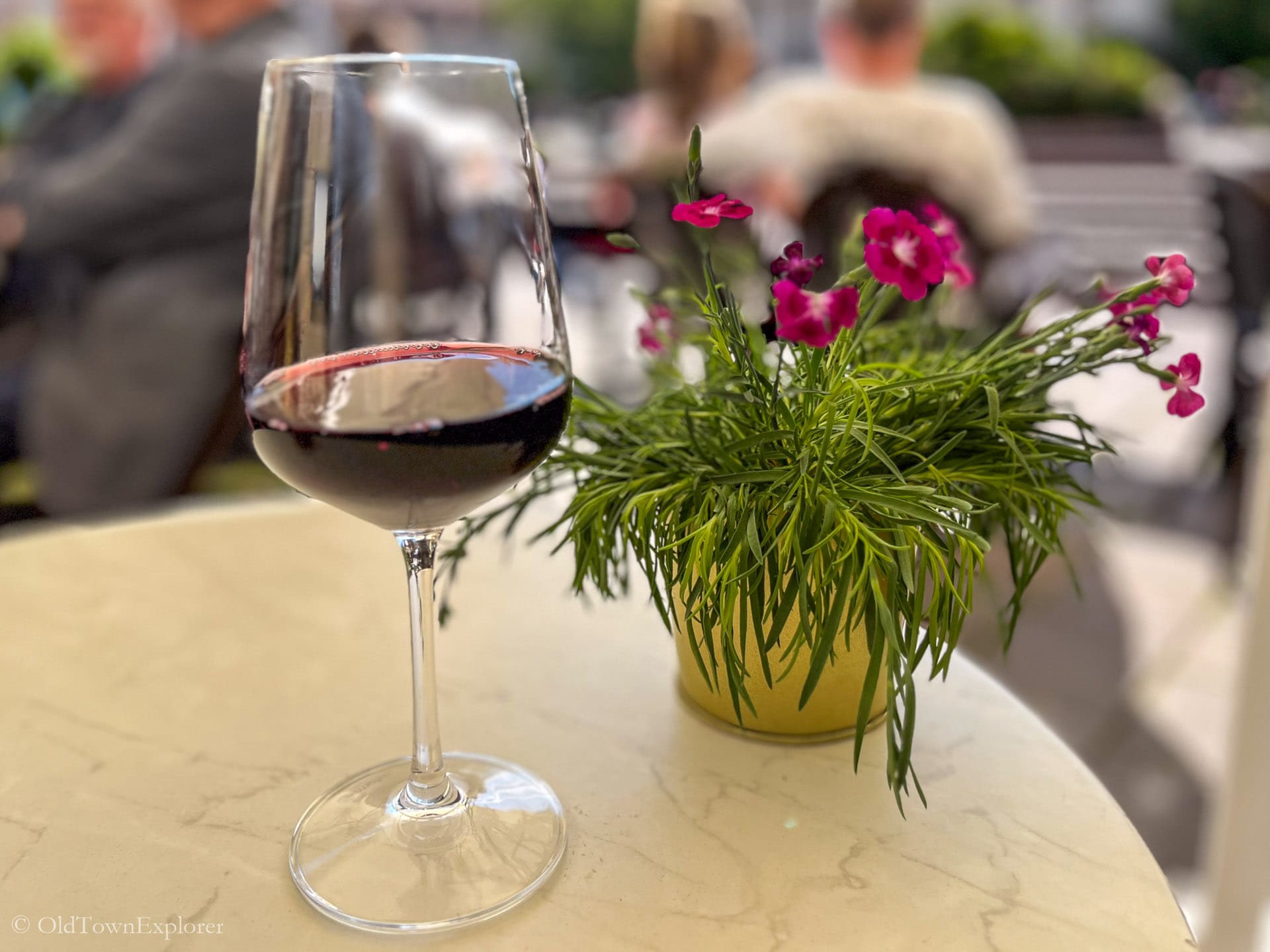Poland
Poland Travel Guide: Things to Know Before You Go
Poland is a country where centuries of history meet vibrant modern culture, making it an ideal destination for travelers with a passion for food, wine, and architecture.
From the ornate Gothic cathedrals and colorful market squares of cities like Kraków and Gdańsk to the sleek modernism of Warsaw and the picturesque bridges of Wrocław, Poland’s architectural heritage is as diverse as it is breathtaking.
Culinary traditions run deep, with hearty regional dishes, artisan cheeses, and an evolving food scene that blends rustic flavors with contemporary flair. Meanwhile, Poland’s emerging wine regions are gaining recognition for their distinctive cool-climate varieties and warm hospitality.
U.S. citizens visiting Poland for tourism do not require a visa for stays under 90 days within a 180-day period. However, your passport must be valid for three months after your departure date.
We spent several months in Poland exploring Gdansk, Krakow, Warsaw, and Wroclaw. We prepared this travel guide to share the information we learned along the way.
Gdansk
Gdańsk is a historic port city located on the northern coast of Poland along the Baltic Sea, at the mouth of the Motława River and the Vistula River delta. Its maritime setting has shaped its identity as a key trading hub for centuries.
Architecturally, Gdańsk is renowned for its beautifully reconstructed Old Town, featuring Gothic, Renaissance, and Dutch Mannerist facades, as well as landmarks like St. Mary’s Church—the largest brick church in the world—and the ornate Neptune Fountain.
The city also boasts a growing food scene that blends Baltic seafood, traditional Polish flavors, and an emerging interest in regional craft wines and beers.

Krakow
Kraków is located in southern Poland on the banks of the Vistula River, near the foothills of the Carpathian Mountains. As one of the oldest and most culturally significant cities in Poland, it was the royal capital for centuries.
Architecturally, Kraków is a showcase of Gothic, Renaissance, and Baroque styles, with highlights including the UNESCO-listed Old Town, the grand Main Market Square, Wawel Castle, and St. Mary’s Basilica.
The city’s food culture is deeply rooted in tradition, featuring hearty regional dishes, vibrant market fare, and a growing appreciation for Polish wines and artisanal cuisine.

Future Destinations
We enjoyed our first trip to Poland and look forward to returning again next summer.
Warsaw
Summer 2026
Wroclaw
Summer 2026
Poland Food
Polish cuisine is hearty, flavorful, and rooted in tradition. It features comforting staples like pierogi (filled dumplings), bigos (hunter’s stew), żurek (sour rye soup), and kotlet schabowy (breaded pork cutlet).
Influenced by Central European and Slavic flavors, Polish food is known for its use of cabbage, potatoes, mushrooms, and cured meats—often served with sour cream or dill.
Food Products
Protected Designation of Origin (PDO)
-
Bryndza Podhalańska
-
Oscypek
-
Redykołka
-
Karp Zatorski
-
Fasola Piękny Jaś z Doliny Dunajca
-
Fasola Wrzawska
-
Podkarpacki Miód Spadziowy
-
Wiśnia Nadwiślańska

Traditional Dishes
- Śledź (Herring)
- Chleb ze Smalcem (Bread with Lard)
- Barszcz Czerwony (Beetroot Soup)
- Żurek (Sour Rye Soup)
- Pierogi
- Bigos (Hunter’s Stew)
- Gołąbki (Stuffed Cabbage Rolls)
- Golonka (Pork Hock)
- Kotlet Schabowy
- Placki Ziemniaczane (Potato Pancakes)
- Kapusta Zasmażana (Braised Cabbage)
- Buraczki (Grated Beets
- Sernik (Polish Cheesecake)
- Pączki
- Makowiec (Poppy Seed Roll)
Poland Wine
Polish wine is an emerging gem in Central Europe, with vineyards thriving in regions like Lesser Poland, Lubusz, and Lower Silesia. Modern Polish winemakers produce increasingly respected white, red, and sparkling wines, often from cool-climate grape varieties like Solaris, Rondo, and Regent.
Wine Regions
-
Zielona Góra Region (Lubuskie Voivodeship)
-
Małopolska Region (Lesser Poland)
-
Podkarpackie (Subcarpathian Region)
-
Lower Silesia (Dolnośląskie Voivodeship)
-
Świętokrzyskie Mountains Region (Holy Cross Province)
-
Lublin and Roztocze Region (Eastern Poland)

Grape Varieties
White Grapes
-
Solaris
-
Hibernal
-
Seyval Blanc
-
Johanniter
-
Muscaris
-
Bianca
-
Riesling
-
Chardonnay
Red Grapes
-
Regent
-
Rondo
-
Cabernet Cortis
-
Pinot Noir
-
Leon Millot
-
Zweigelt
Poland Architecture
Poland’s architectural landscape is a captivating tapestry woven from centuries of diverse styles, reflecting its rich history and cultural crossroads.

Architectural Styles
-
Romanesque (10th–13th centuries)
-
Gothic (13th–16th centuries)
-
Renaissance (16th century)
-
Baroque (17th–18th centuries)
-
Rococo (18th century)
-
Neoclassicism (late 18th–early 19th centuries)
-
Historicist Styles (19th century)
-
Art Nouveau (Secession) (late 19th–early 20th centuries)
-
Modernism and Functionalism (1920s–1930s)
-
Socialist Realism (1949–mid-1950s)
-
Contemporary and Postmodern Architecture (late 20th century–present)
UNESCO World Heritage Sites
-
Krzemionki Prehistoric Striped Flint Mining Region
-
Tarnowskie Góry Lead-Silver-Zinc Mine and its Underground Water Management System
-
Wooden Tserkvas of the Carpathian Region in Poland and Ukraine
-
Centennial Hall in Wrocław
-
Muskauer Park / Park Mużakowski
-
Wooden Churches of Southern Małopolska
-
Churches of Peace in Jawor and Świdnica
-
Kalwaria Zebrzydowska: the Mannerist Architectural and Park Landscape Complex and Pilgrimage Park
-
Medieval Town of Toruń
-
Castle of the Teutonic Order in Malbork
-
Old City of Zamość
-
Historic Centre of Warsaw
-
Auschwitz Birkenau German Nazi Concentration and Extermination Camp (1940-1945)
-
Historic Centre of Kraków
-
Wieliczka and Bochnia Royal Salt Mines
Where Is Poland Located?
Poland is located in Central Europe, bordered by Germany to the west, Czechia and Slovakia to the south, Ukraine and Belarus to the east, and Lithuania and the Baltic Sea to the north. Its position has historically connected Western and Eastern Europe.
FAQs About Poland
Is Poland a good destination for food lovers?
Absolutely! Poland offers a rich culinary experience influenced by centuries of tradition and regional diversity. From hearty pierogi and smoked oscypek cheese to gourmet tasting menus in cities like Kraków and Warsaw, there’s something for every palate. Street food is also excellent—try zapiekanka or a warm obwarzanek krakowski.
What traditional Polish dishes should I try?
Must-try dishes include:
- Pierogi (filled dumplings)
- Bigos (hunter’s stew)
- Żurek (sour rye soup)
- Gołąbki (cabbage rolls)
- Kielbasa (Polish sausage)
And for dessert: sernik (cheesecake) and pączki (filled doughnuts).
Is there a wine scene in Poland?
Yes, Poland’s wine industry is growing rapidly, particularly in regions like Małopolska, Lubuskie, and Podkarpackie. Wineries are producing high-quality white, rosé, and sparkling wines—often from cold-hardy hybrids like Solaris and Regent. Wine tourism is on the rise, with many vineyards offering tastings and tours.
Can I visit wineries in Poland?
Definitely. Many wineries, especially in southern and western Poland, welcome visitors. Look for wine routes in areas like Zielona Góra (home of Poland’s largest wine festival), Jasło, and the Małopolska Wine Trail. It’s best to book appointments in advance, especially at smaller or family-run estates.
What are the top cities in Poland for architecture enthusiasts?
Kraków: Gothic, Renaissance, and Baroque in a perfectly preserved medieval old town.
Warsaw: A mix of reconstructed historic buildings, socialist realism, and cutting-edge modern architecture.
Wrocław: Known for its Baroque churches, Centennial Hall, and charming townhouses.
Gdańsk: Rich in Hanseatic Gothic and Dutch-influenced facades.
Are there UNESCO World Heritage Sites in Poland related to architecture?
Yes, Poland boasts several architecturally significant UNESCO sites, including:
- The Historic Centre of Kraków
- Malbork Castle
- The Old City of Zamość
- Wooden churches and tserkvas in southern Poland
- Centennial Hall in Wrocław
These sites showcase Poland’s diverse architectural heritage across centuries.
What’s the best time to visit Poland for food and wine experiences?
Spring through early autumn (May to September) is ideal for exploring vineyards, food festivals, and outdoor dining. September is particularly great for wine harvest season and festivals in wine regions like Zielona Góra and Jasło.
Are Polish food and drinks affordable for travelers?
Yes—Poland is generally more affordable than Western Europe. You can enjoy excellent meals, local wines, and traditional snacks at reasonable prices, especially outside of major tourist hubs.
Is English widely spoken in restaurants and tourist sites?
In larger cities and tourist areas, many people—especially younger Poles and hospitality staff—speak good English. Menus are often bilingual. In smaller towns or rural areas, English may be less common, but visitors can usually get by with basic phrases or translation apps.
